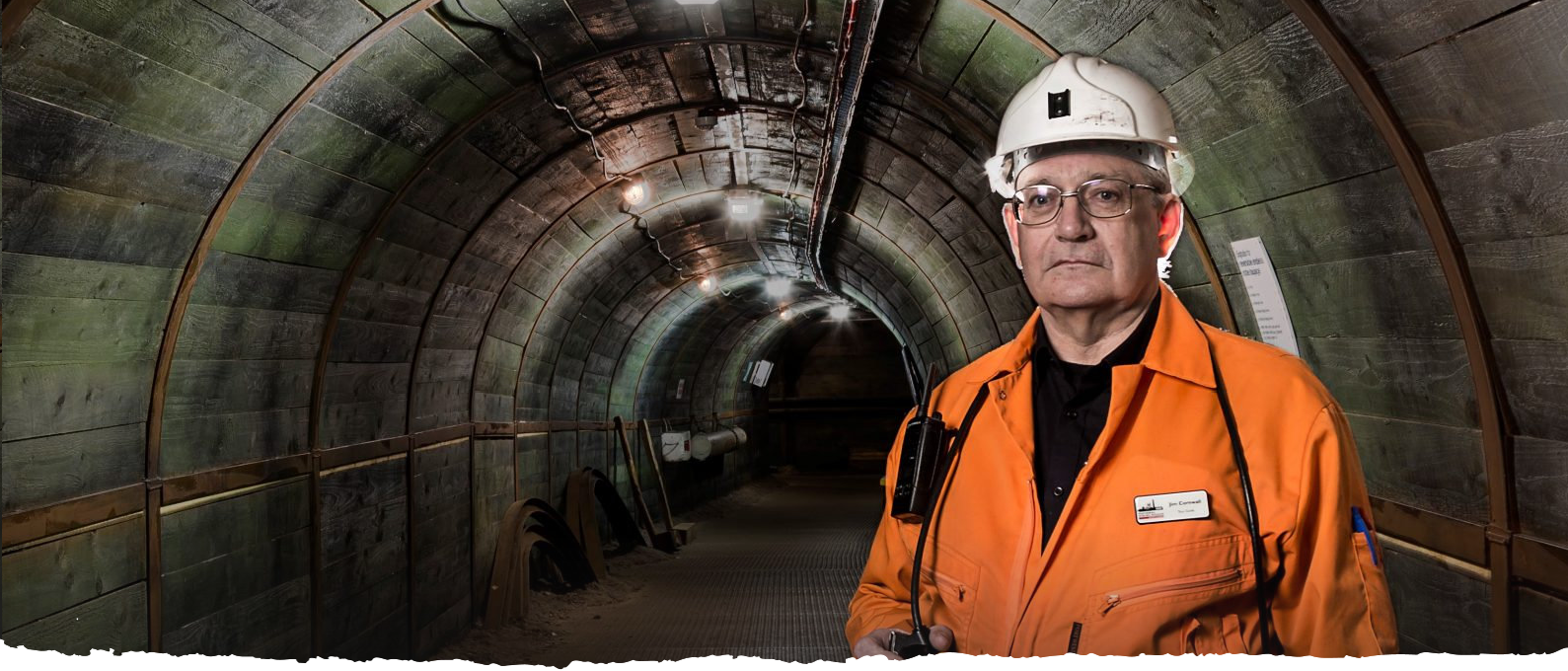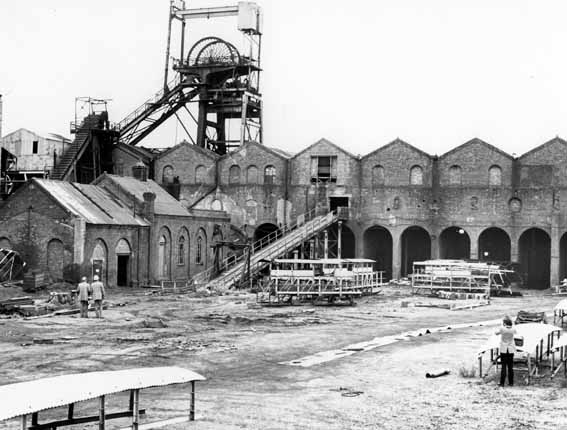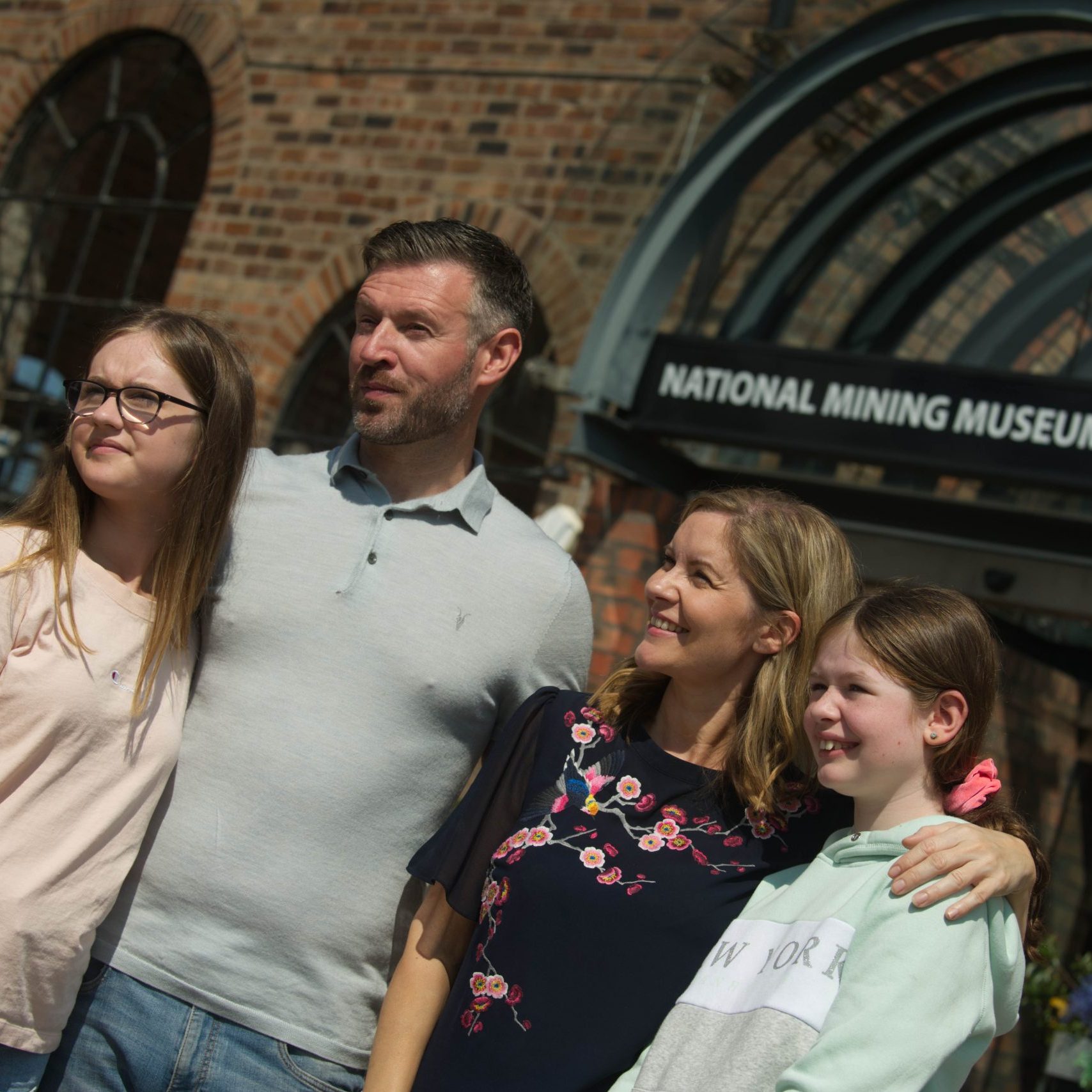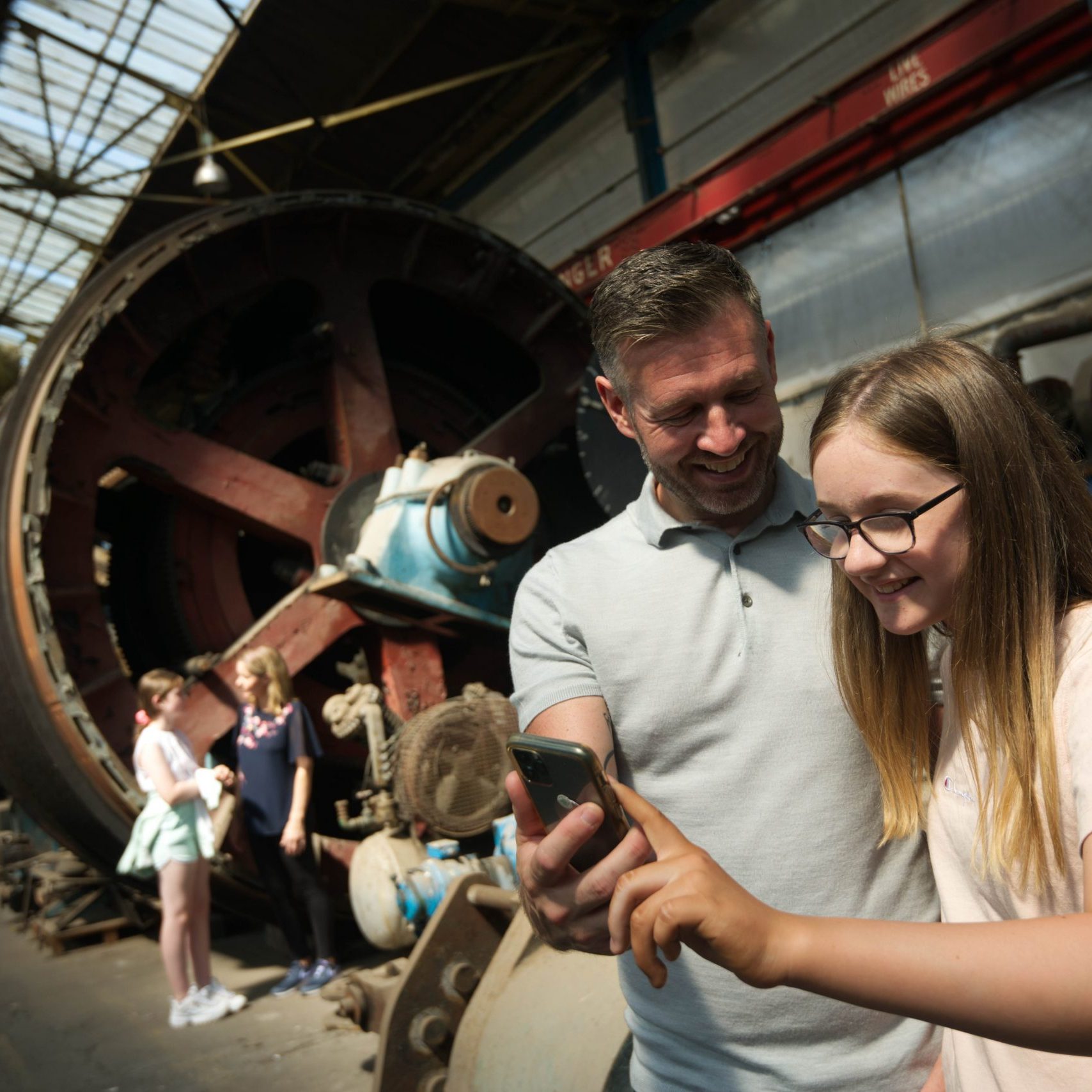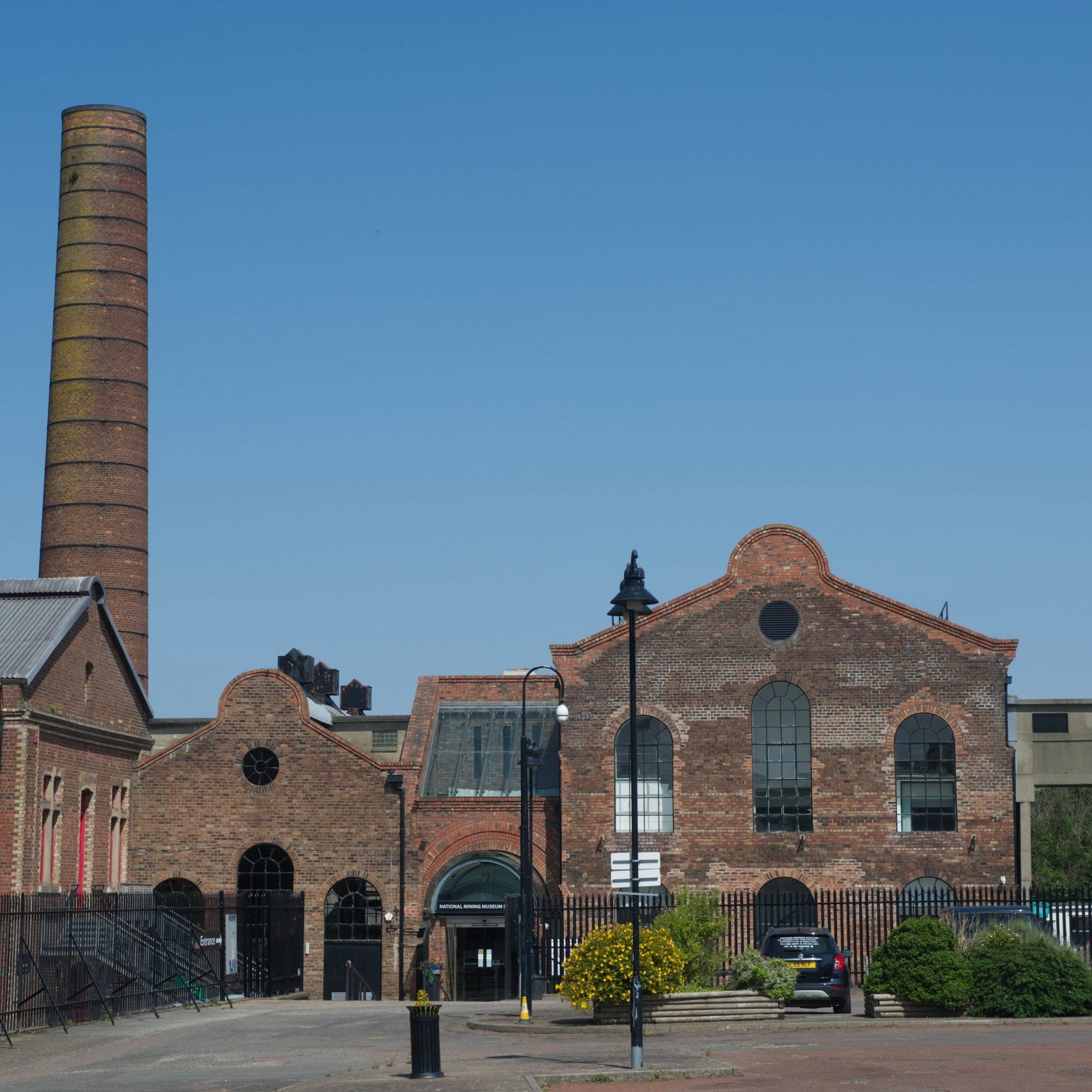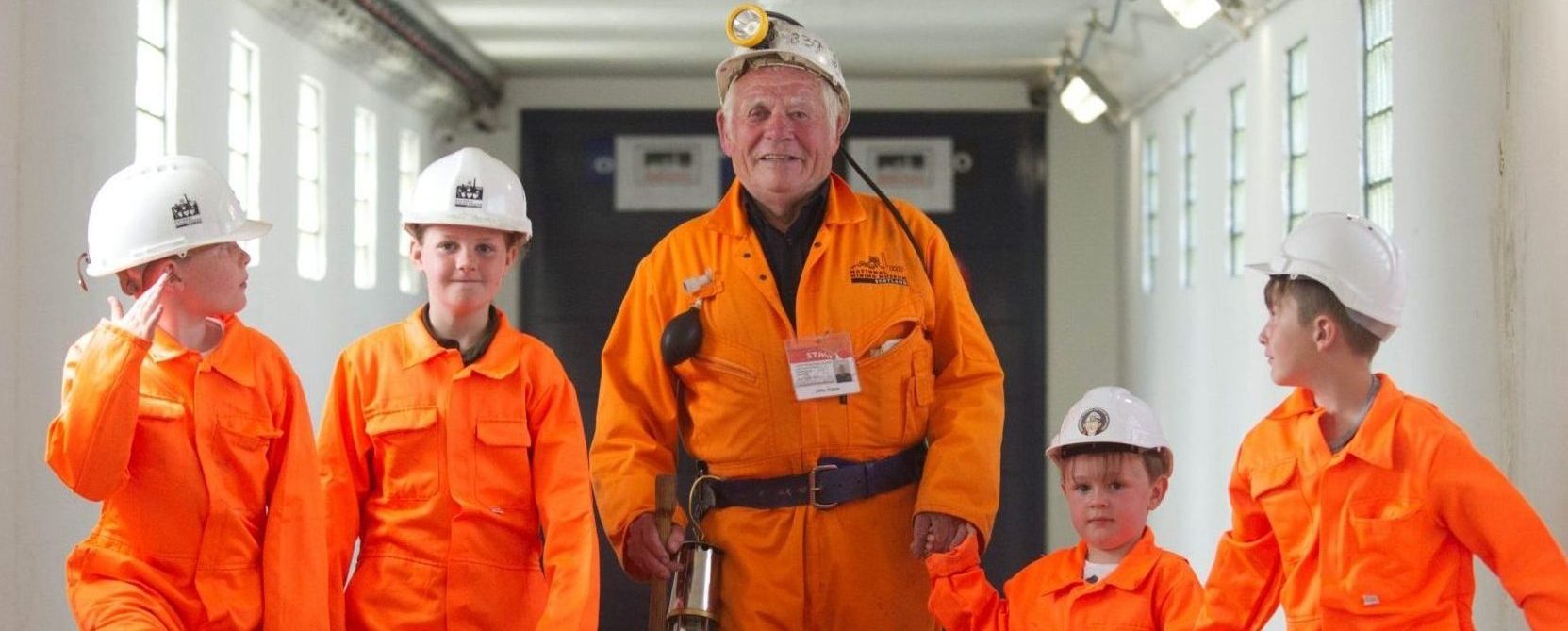The Lady Victoria Colliery, home of the National Mining Museum Scotland, was opened in 1895 as Scotland’s first super-pit. It ceased production in 1981 and now serves as an example of one of the best preserved Victorian Collieries in Europe. The four-acre Midlothian site effectively captures the developments in mining over generations and highlights include the most powerful steam winding engine in Scotland; the most extensive preserved suite of Lancashire Boilers in the UK, and the only extant timber Dredger in Europe.
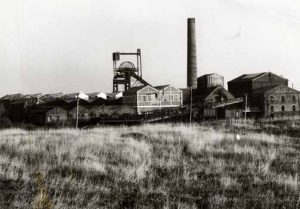
The public areas of the Museum occupy a small proportion of the site and are the result of successive programmes of Heritage Lottery Fund, European Regional Development Fund and Historic Scotland capital development. A Grade ‘A’ listed site, the terrain bears the scars of industrial development, environmental exploitation and exposure to the elements. The majority of the surface structures are composed of brick, steel and iron and, despite their architectural significance, some remain in a derelict state.
In 2009, the Museum embarked on an ambitious Scottish Government-funded conservation project to preserve the Tippler Floor, Picking Tables, Elevator Shed and brick-vaulted Undercroft. Each space had a vital role in the processing of coal and its preparation for delivery and use and it was vital to conserve these artefacts for those generations who have no live connection or understanding of mineworking in an increasingly electronic and digital age. The project was carried out by a dedicated team of architects, structural engineers, project managers and builders. Their primary objective was to stabilise the structures, rendering them safe for future access, and to make them windproof and watertight.
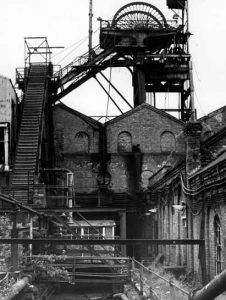
History
-
I’m trying to find information about a relative’s career in mining. Where should I start?
-
I have something that I would like to give to the Museum. Who do I speak to about it?
-
I’m interested in volunteering at the Museum.
